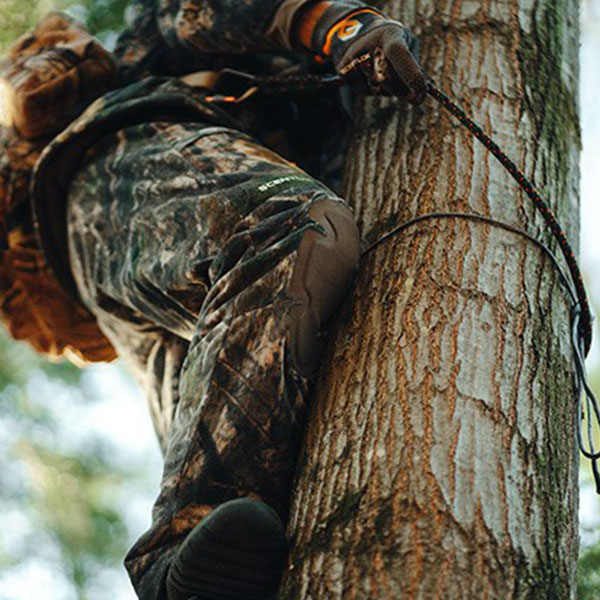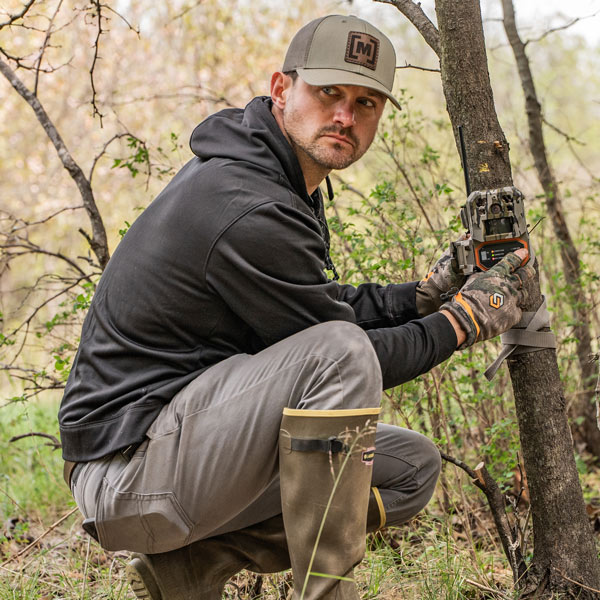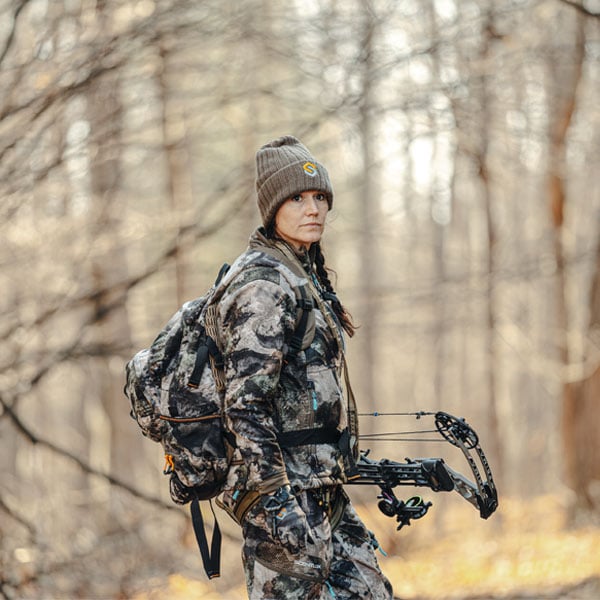ScentLok has been unlocking the secrets of successful scent control for over a quarter century.
In roundabout numbers, 11 million hunters pursue 30 million whitetail deer in North America annually. That’s three highly efficient noses in the air for every trio of us stinking up the woods. Consider, too, researchers say a whitetail deer’s sense of smell is 500 to 1,000 times more acute than a human, and scientists support that by noting whitetails have thousands of nasal receptors that can sort up to six smells at once…and it makes you want to climb back in the rack.
Somehow, however, about 40% of us are successful each year. Odds are those guys and gals take careful consideration to mitigate human scent. And a share of those folks trust ScentLok.

















